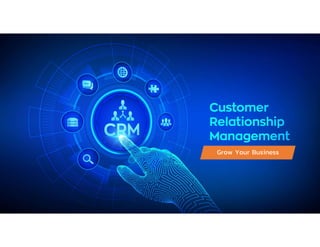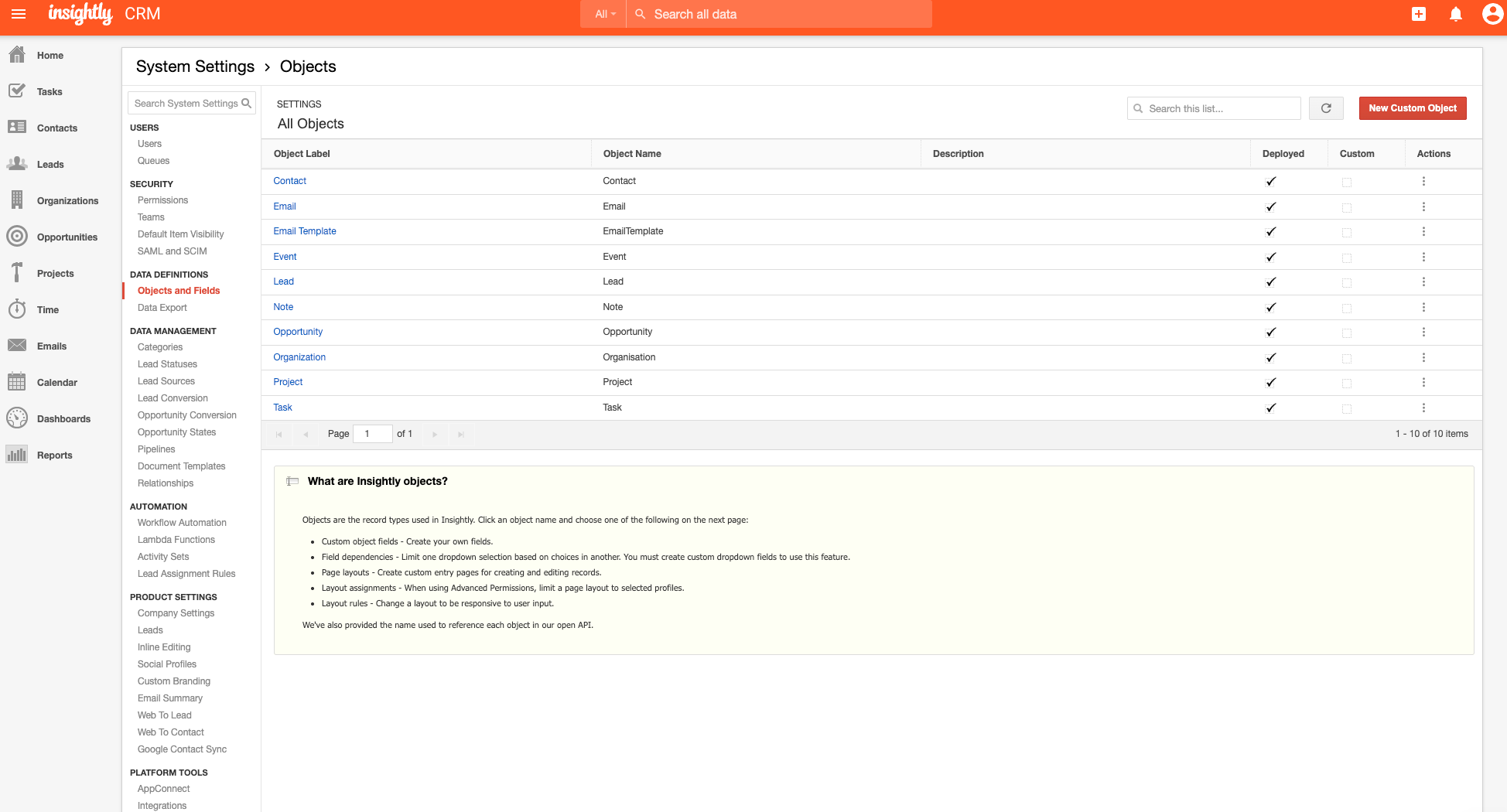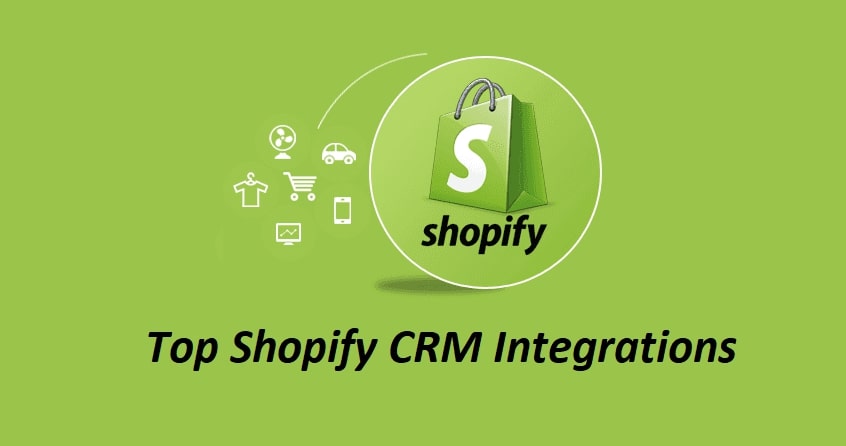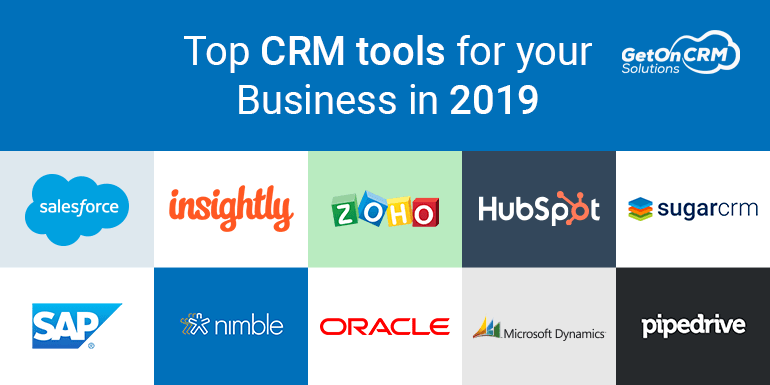Unlocking Growth: A Comprehensive Guide to CRM Marketing & A/B Testing
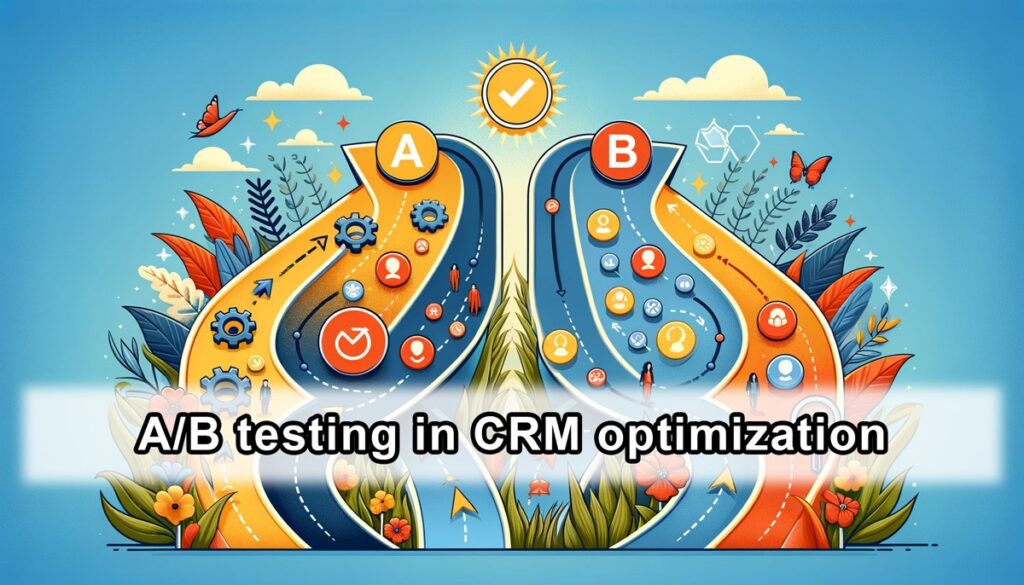
Unlocking Growth: A Comprehensive Guide to CRM Marketing & A/B Testing
In the ever-evolving landscape of digital marketing, businesses constantly seek innovative strategies to enhance customer relationships, boost conversion rates, and ultimately, drive revenue growth. Two powerful tools that have emerged as cornerstones of modern marketing are Customer Relationship Management (CRM) and A/B testing. While CRM systems provide a centralized hub for managing customer interactions and data, A/B testing offers a data-driven approach to optimizing marketing campaigns. This comprehensive guide delves into the synergy between CRM marketing and A/B testing, providing actionable insights, best practices, and real-world examples to help you unlock significant growth potential.
Understanding CRM Marketing
CRM marketing, at its core, involves leveraging a CRM system to manage and analyze customer data, personalize marketing efforts, and improve customer relationships. It’s more than just a database; it’s a strategic approach that puts the customer at the center of all marketing activities. By understanding your customers’ needs, preferences, and behaviors, you can deliver highly targeted and relevant messages, leading to increased engagement and loyalty.
Key Components of CRM Marketing
- Customer Data Management: Centralizing and organizing customer data, including contact information, purchase history, interactions, and preferences.
- Segmentation: Dividing customers into distinct groups based on shared characteristics, enabling targeted marketing campaigns.
- Personalization: Tailoring marketing messages and offers to individual customer needs and preferences.
- Automation: Automating repetitive marketing tasks, such as email campaigns, lead nurturing, and follow-up communications.
- Reporting and Analytics: Tracking key performance indicators (KPIs) to measure the effectiveness of marketing campaigns and identify areas for improvement.
Benefits of CRM Marketing
- Improved Customer Relationships: By understanding customer needs and preferences, businesses can build stronger relationships and foster loyalty.
- Increased Customer Retention: Personalized marketing efforts and proactive customer service can reduce churn and increase customer lifetime value.
- Enhanced Sales Efficiency: CRM systems streamline the sales process, enabling sales teams to focus on high-potential leads and close deals more effectively.
- Higher ROI on Marketing Spend: Targeted marketing campaigns and personalized offers can improve conversion rates and generate a higher return on investment.
- Data-Driven Decision Making: CRM systems provide valuable insights into customer behavior and campaign performance, enabling data-driven decision-making.
The Power of A/B Testing
A/B testing, also known as split testing, is a powerful methodology for optimizing marketing campaigns and improving website performance. It involves creating two or more versions of a marketing asset (e.g., email, landing page, ad) and randomly showing them to different segments of your audience. By analyzing the results, you can identify which version performs best and implement the winning elements to maximize conversions and engagement.
Key Principles of A/B Testing
- Define a Clear Goal: Identify the specific metric you want to improve, such as conversion rates, click-through rates, or time on page.
- Develop a Hypothesis: Formulate a testable hypothesis about which version will perform better and why.
- Create Variations: Design two or more versions of the asset, varying only one element at a time to isolate the impact of each change.
- Run the Test: Randomly show the variations to different segments of your audience and collect data on their performance.
- Analyze the Results: Use statistical analysis to determine which version performed best and whether the results are statistically significant.
- Implement the Winning Version: Implement the winning version and continue to test and optimize to achieve ongoing improvements.
Benefits of A/B Testing
- Improved Conversion Rates: A/B testing helps identify the most effective elements of your marketing campaigns, leading to higher conversion rates.
- Increased Engagement: By optimizing content and design, you can improve user engagement and create a more positive user experience.
- Reduced Bounce Rates: A/B testing can help you identify and eliminate elements that are causing users to leave your website or email campaigns.
- Data-Driven Decision Making: A/B testing provides data-backed insights into what works and what doesn’t, enabling you to make informed decisions about your marketing strategy.
- Faster Learning and Iteration: A/B testing allows you to quickly test and iterate on your marketing campaigns, leading to faster learning and continuous improvement.
Integrating CRM Marketing and A/B Testing
The real magic happens when you combine the power of CRM marketing with the data-driven insights of A/B testing. By leveraging customer data from your CRM system, you can personalize your A/B tests and create highly targeted campaigns that resonate with specific customer segments. This integrated approach allows you to optimize every aspect of your marketing efforts, from email campaigns and landing pages to website content and ad copy.
How to Integrate CRM and A/B Testing
- Use CRM Data to Segment Your Audience: Leverage customer data, such as demographics, purchase history, and behavior, to create targeted segments for your A/B tests.
- Personalize Your A/B Tests: Tailor your A/B tests to specific customer segments, using personalized content, offers, and calls to action.
- Test Different CRM Strategies: A/B test different CRM strategies, such as email subject lines, call-to-action buttons, and landing page designs, to optimize your customer engagement.
- Track and Analyze Results: Track the performance of your A/B tests within your CRM system, analyzing the results to identify winning strategies and improve your overall marketing effectiveness.
- Continuously Iterate and Optimize: Continuously test and iterate on your marketing campaigns, using the insights from your A/B tests to refine your CRM strategies and improve your customer relationships.
Examples of CRM Marketing and A/B Testing in Action
Let’s explore some real-world examples of how businesses are successfully integrating CRM marketing and A/B testing:
- Email Marketing Optimization: A company uses its CRM system to segment its email list based on customer purchase history. They then conduct A/B tests to determine which email subject lines, content, and call-to-action buttons generate the highest click-through rates and conversions for each segment.
- Landing Page Optimization: An e-commerce business uses its CRM data to personalize landing pages for different customer segments. They conduct A/B tests to determine which landing page designs, headlines, and product descriptions resonate most with each segment, leading to increased conversions and revenue.
- Lead Nurturing Optimization: A B2B company uses its CRM system to track lead behavior and engagement. They conduct A/B tests on their lead nurturing emails to determine which content, timing, and frequency generate the most qualified leads and drive them through the sales funnel.
- Website Personalization: A travel agency utilizes CRM data to personalize website content and offers for different customer segments. They use A/B testing to evaluate which personalized recommendations, deals, and promotions resonate most with each segment, leading to higher booking rates and customer satisfaction.
Best Practices for CRM Marketing and A/B Testing
To maximize the effectiveness of your CRM marketing and A/B testing efforts, consider these best practices:
- Start with a Clear Strategy: Define your marketing goals, target audience, and key performance indicators (KPIs) before you begin.
- Choose the Right CRM and A/B Testing Tools: Select CRM and A/B testing tools that align with your business needs and budget.
- Clean and Segment Your Data: Ensure your customer data is accurate, up-to-date, and segmented effectively.
- Develop a Testing Roadmap: Create a testing roadmap to prioritize your A/B tests and ensure you’re testing the most important elements of your marketing campaigns.
- Test One Element at a Time: Isolate the impact of each change by testing only one element at a time.
- Run Tests for Sufficient Duration: Run your A/B tests for a sufficient duration to gather statistically significant results.
- Analyze and Interpret Results: Carefully analyze your A/B test results and interpret them to identify winning strategies and areas for improvement.
- Implement and Iterate: Implement the winning variations and continuously iterate on your marketing campaigns to achieve ongoing improvements.
- Document Your Findings: Document your A/B test results, including the variations tested, the results, and the insights gained.
- Share Your Learnings: Share your A/B testing learnings with your team to foster a culture of data-driven decision-making.
CRM and A/B Testing Tools
There are numerous CRM and A/B testing tools available in the market, each with its own set of features and capabilities. Choosing the right tools is crucial for your success. Here are some popular options:
CRM Tools:
- Salesforce: A leading CRM platform offering comprehensive features for sales, marketing, and customer service.
- HubSpot CRM: A free and user-friendly CRM platform with powerful marketing automation capabilities.
- Zoho CRM: A versatile CRM platform suitable for businesses of all sizes, with affordable pricing.
- Microsoft Dynamics 365: A comprehensive CRM platform integrated with Microsoft’s suite of business applications.
- Pipedrive: A sales-focused CRM platform designed to help sales teams manage their leads and close deals.
A/B Testing Tools:
- Google Optimize: A free A/B testing tool integrated with Google Analytics, ideal for website optimization. (Google Optimize is sunsetting in September 2023, users should transition to Google Optimize 360 or other alternatives).
- Optimizely: A leading A/B testing platform offering advanced features for website and mobile app optimization.
- VWO (Visual Website Optimizer): A user-friendly A/B testing platform with visual editing capabilities.
- Adobe Target: An A/B testing and personalization platform integrated with Adobe Experience Cloud.
- Convert Experiences: A privacy-focused A/B testing platform.
Measuring the Success of CRM Marketing and A/B Testing
Measuring the success of your CRM marketing and A/B testing efforts is crucial for understanding the impact of your strategies and identifying areas for improvement. Key metrics to track include:
- Conversion Rates: The percentage of visitors who complete a desired action, such as making a purchase or filling out a form.
- Click-Through Rates (CTR): The percentage of users who click on a link or call-to-action button.
- Customer Acquisition Cost (CAC): The cost of acquiring a new customer.
- Customer Lifetime Value (CLTV): The predicted revenue a customer will generate over the course of their relationship with your business.
- Return on Investment (ROI): The profitability of your marketing campaigns.
- Customer Retention Rate: The percentage of customers who remain customers over a specific period.
- Website Traffic: The number of visitors to your website.
- Engagement Metrics: Metrics such as time on page, bounce rate, and pages per session.
By tracking these metrics, you can gain valuable insights into the effectiveness of your CRM marketing and A/B testing efforts and make data-driven decisions to optimize your campaigns and improve your business performance.
Challenges and Considerations
While the combination of CRM marketing and A/B testing offers significant benefits, there are also challenges and considerations to keep in mind:
- Data Privacy and Security: Ensure you comply with all relevant data privacy regulations, such as GDPR and CCPA.
- Data Quality: Maintain high-quality customer data to ensure accurate segmentation and personalization.
- Test Duration and Sample Size: Run your A/B tests for a sufficient duration and with a large enough sample size to obtain statistically significant results.
- Resource Allocation: Allocate sufficient resources, including time, budget, and personnel, to your CRM marketing and A/B testing efforts.
- Integration Challenges: Ensure seamless integration between your CRM and A/B testing tools.
- Organizational Alignment: Align your marketing, sales, and customer service teams to ensure a cohesive customer experience.
- Technical Expertise: Consider the technical expertise required to implement and manage your CRM and A/B testing tools.
The Future of CRM Marketing and A/B Testing
The future of CRM marketing and A/B testing is bright, with exciting advancements on the horizon. Emerging trends include:
- Artificial Intelligence (AI) and Machine Learning (ML): AI and ML are being used to automate marketing tasks, personalize customer experiences, and predict customer behavior.
- Hyper-Personalization: Businesses are moving towards hyper-personalization, tailoring marketing messages and offers to individual customer needs and preferences.
- Cross-Channel Marketing: Businesses are integrating their marketing efforts across multiple channels, such as email, social media, and mobile, to create a seamless customer experience.
- Voice Search Optimization: With the rise of voice search, businesses are optimizing their content for voice-based queries.
- Focus on Customer Experience (CX): Businesses are placing an increasing emphasis on customer experience, striving to create positive and memorable interactions.
As these trends continue to evolve, businesses that embrace CRM marketing and A/B testing will be well-positioned to succeed in the competitive digital landscape.
Conclusion
CRM marketing and A/B testing are powerful tools that, when combined, can unlock significant growth potential for businesses. By leveraging customer data from your CRM system, personalizing your A/B tests, and continuously iterating on your campaigns, you can optimize your marketing efforts, improve customer relationships, and drive revenue growth. Embrace the power of data, experiment with different strategies, and stay ahead of the curve to achieve sustainable success in the dynamic world of digital marketing.

